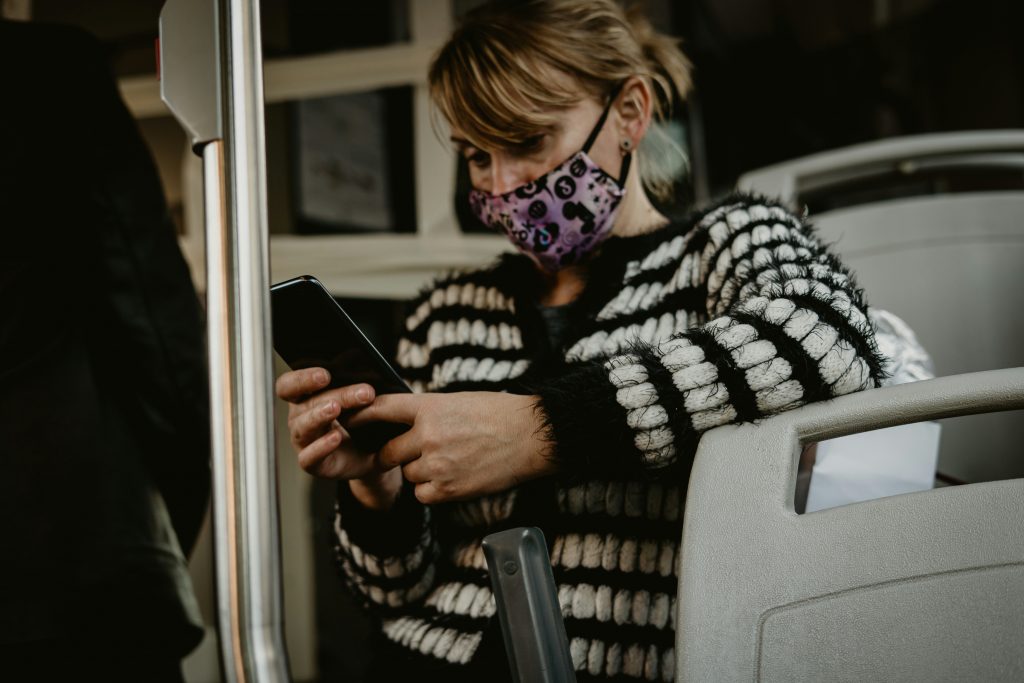Nearly every mode of public transport now has its own individual app for checking timetables, and buying tickets.
This can pose problems for those who are offline, particularly when it is done wholly in place of a physical map, timetable, or in-person method of buying tickets, rather than just as an alternative.
Navigating around a new area, using a map app is second nature to many of us; but it can be harder for those without mobile data and a smartphone to get around, or find where certain bus stops or venues are.
An issue we’ve found with the move to purchasing tickets online is that many providers offer significantly cheaper tickets by purchasing online or via their app, compared to purchasing tickets for the same journey in-person.
TechResort staff and volunteers are really keen on digital tools but we know that being offline or lacking digital skills more often than not goes hand-in-hand with poverty – those who would benefit the most from the discounts are likely not to be eligible in the first place for them.
People who are digitally excluded often aren’t so by choice – if they aren’t priced out, then it’s likely that fear of being scammed plays a factor. The Digital Poverty Alliance estimates that of 14.9 million people who have low digital engagement, 74% say they are concerned about entering personal details.
Many apps force you in to making an account, or will require one to access all the features – leading to further concerns about potential scams.
Therefore, offering online/app-only discounts only further sanctions those who aren’t online, or aren’t fully confident.
It’s also worth noting that even confident users can struggle – for example, if an update has caused an app to work incorrectly, if the information provided on the app is incorrect, or if you find yourself in an area with poor connectivity.
A handy bit of info to know is that on Google and Apple Maps, you can pre-download ‘offline maps’, which will still provide you with directions (although will miss some features), even if you have no or limited mobile data signal. There are instructions linked here for Google Maps, and here for Apple Maps.
When they’re done well – public transport apps can be extremely convenient, for confident users who know how to install, log in to, and use a new app.
Public transport operators can do their bit to help: remove online-only versions of discounts, keep apps working on as many devices as possible, remove the login requirements where possible, and ensure the real-time information provided is accurate.
For those who are less confident, or unable to afford a smartphone, it’s yet another form of everyday digital exclusion.
If you’re interested in finding out more about transport phone apps, or getting help installing and using an app (even if you’re an owner of a concessionary bus pass) then come and see us at one of our drop-ins and one of our friendly Elves will be delighted to give you a hand.

